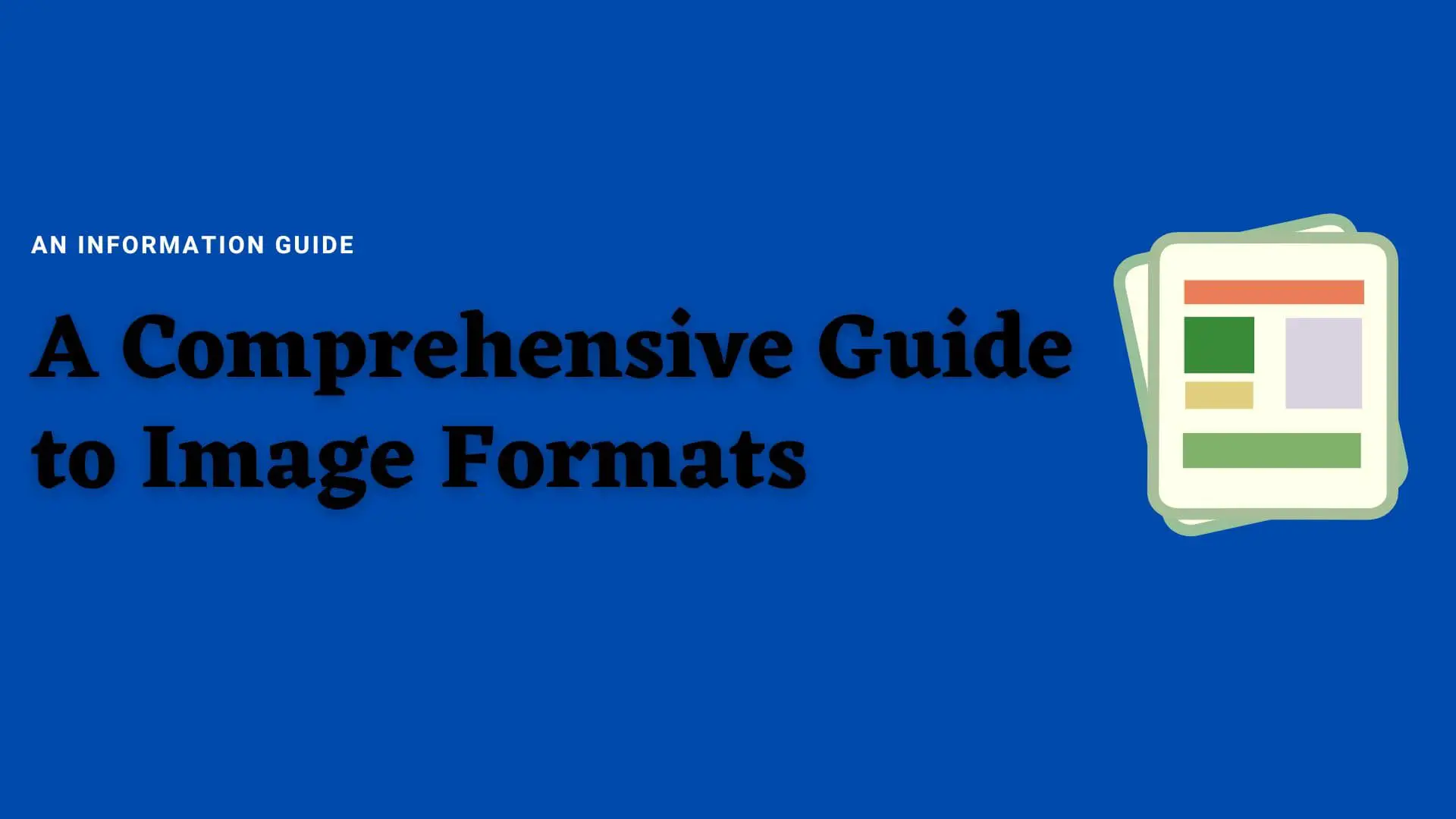Mobile Mastery: Transforming Work Habits with 8 iOS Productivity Techniques

Visual perception plays a vital role in people’s lives. We are used to seeing aesthetically pleasing pictures everywhere—on the Internet, on the streets, on clothes, and in books. And often, our opinion of a product or service is influenced by the quality and beauty of its advertisement, packaging, or merchandise.
However, have you ever wondered why certain images load faster, look sharper, and have more vivid color depth than others? Everything is due to the image file format. There are plenty of them, with each one adapted to a specific creator’s needs, influencing the image quality, size, and ease of use.
In this article, you will learn about different types of images, their peculiarities, and the best way to use them; all to make your future work with imagery more enjoyable and produce higher-quality results. Read on to discover more!
An image file format is a standardized digital file for organizing and storing graphic data. Image file formats fall into two main categories: raster image files and vector image files. Stock content platforms like depositphotos.com/stock-vectors.html offer quality vector graphics and also have free raster collections of high-quality photos and illustrations.
Raster images are pixel-based; therefore, they can lose quality when scaled up to a size that was not originally intended. Raster graphics include JPG, PNG, and GIF picture files. Content creators should be careful as these files may lose quality after editing. To avoid unpleasant situations, it’s best to keep a master file on hand.
Conversely, vectors can be infinitely resized without resolution loss because they are created using mathematical formulas. You can make it as small or large as you want and still enjoy impeccable picture quality. Vector images, which are available in EPS, AI, and PDF formats, are most commonly used for logos, booklets, and web graphics.
Let's discuss 7 different types of image formats:
Joint Photographic Experts Group, widely known as JPG or JPEG, is one of the most popular image formats used to store digital photographs on the web, mobile devices, or PCs. The success of the JPEG photo file format can be attributed to its small size. When created, JPEGs undergo a compression process that significantly reduces their size, making them easier to store and load on websites. However, the compression does not go unnoticed and decreases image quality along with file size. Each additional compression degrades the picture quality.
Portable Network Graphics, or PNG, is a lossless image file format that supports transparency and has a significantly larger and brighter color palette than other formats. PNGs are best for web graphics, not print. These files, unlike JPEGs, provide good text readability. As a result, PNGs are a popular choice for designs with text and graphics, such as banners, infographics, and web design. PNG files often contain more information than JPEG files, so they are larger in size.
Graphics Interchange Format, or GIF, is a lightweight raster file format that uses lossless compression and has a limited color palette of 256 colors. GIF files are ideal for web graphics because of their small size and support for transparent and animated content. These include logos, icons, email images, and banner ads. GIFs integrated into web content will load quickly, but do not expect them to be of high quality.
Portable Document Format, commonly known as PDF, is a universal file format for sharing graphics and documents created by Adobe. It allows content viewing on any device regardless of the software, hardware, and operating system. Although most people think of PDFs as text-based files, they can also be used to store images and illustrations. PDF files are extremely useful since you can add links, buttons, and form fields, as well as electronically sign them.
Scalable Vector Graphics, or SVG, is an image file format that, as the name suggests, can be infinitely scaled up or down without losing quality. This means that SVG files, like any vector file, are suitable for responsive web design, as well as for logos, icons, and graphs. In addition to scalability, SVG files are also easy to edit, small in size, and enable interactivity and animation. Plus, SVGs are SEO-friendly since they are written in XML code; this means search engines can read their keywords and descriptions and rank pages with SVG pictures higher in search results.
Encapsulated PostScript, usually referred to as EPS, is a vector-based graphic file format widely used in professional printing. Since EPS files allow for scaling high-resolution images, they are a popular choice for large-scale print designs, such as billboards, banners, and posters. Encapsulated PostScript is a universal file type compatible with almost all systems and software, including Adobe Illustrator, CorelDraw, and QuarkXPress. However, you cannot edit a file after saving it as an EPS.
An AI file, short for Adobe Illustrator, is Adobe’s proprietary file type for vector images. Content makers can create digital artwork from scratch using Adobe’s native software—Adobe Illustrator. Other third-party programs allow viewing AI files but don’t support full editing capability. Designers widely use AI files for online and offline projects. Moreover, with this file format, they can freely resize images to their desired size without losing resolution.
With so many image file formats available nowadays, it's essential to know what each one offers in order to pick the best image format for your next project. Hopefully, this guide will assist you in expanding your knowledge so that you can select the best creative medium for every file.






